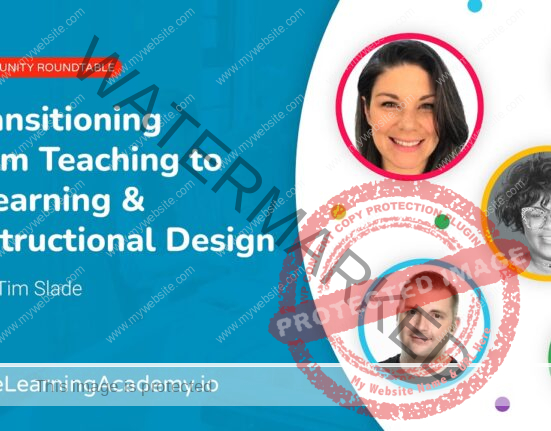Many people, including students and professionals, struggle with understanding math.
Recent studies show that math and reading scores for 13-year-olds in the U.S. have decreased significantly, causing concerns about the country’s economic competitiveness, according to the Associated Press.
Americans may feel daunted by the complex math concepts in subjects like calculus and trigonometry. However, using technology and alternative learning methods can help simplify the learning process.
Here are some practical tips to improve math comprehension:
1. Connect Math to Real-life Scenarios
One effective way to help struggling students is by relating math to everyday situations. For example, demonstrating how percentages are used to calculate discounts at a grocery store can make math concepts more relatable.
When students see how math applies to their daily lives, they are more likely to be motivated to understand and engage with the subject instead of feeling overwhelmed.
2. Incorporate Games and Puzzles
Contrary to popular belief, math can be fun. Using games and puzzles in lessons can make students excited to solve challenging problems. For instance, playing Sudoku can improve logical thinking and problem-solving skills.
Similarly, simple card games can introduce probability concepts subtly. By including such activities, learning becomes fun and reinforces essential math principles effortlessly, making math more appealing even to reluctant learners.
3. Offer Various Problem-solving Approaches
When teaching problem-solving techniques, provide different methods to accommodate different learning styles. Some students may prefer using lists, while others may favor prime factorization for finding the least common multiple (LCM).
4. Customize Learning Tools
Adapt your teaching tools for struggling students. Using visual aids or hands-on materials can simplify abstract concepts. For example, colorful abacus beads can make arithmetic operations clearer for tactile learners.
Visual learners may benefit from illustrated charts or diagrams that vividly depict geometric shapes or algebraic representations. The key is to find tools that resonate best with the learner and incorporate them effectively into the teaching process.
5. Tailor Lessons to Interests
Engage students by integrating their interests into math lessons. For example, if a student is passionate about sports like football, incorporating statistical analysis from their favorite games into probability exercises can be captivating.
Similarly, if a student enjoys art, exploring geometric shapes through creative design activities could spark their interest. Connecting math concepts to their interests makes learning more engaging and helps students see the relevance of mathematics in their everyday lives.
6. Focus on Effort Rather Than Perfection
Boost the confidence of hesitant learners by recognizing their efforts as much as, if not more than, their accuracy. Celebrate their perseverance in solving complex math problems or sticking with an equation despite initial mistakes.
This approach fosters resilience and persistence, important life skills, while creating a supportive environment for learning, experimentation, and learning from mistakes.
7. Encourage a Growth Mindset
Promote the development of a growth mindset by emphasizing that mastering math requires practice and that mistakes are part of the learning process. Present challenges as opportunities for growth rather than insurmountable hurdles.
Explain that setbacks do not define their abilities but are natural parts of the learning journey. Cultivating a growth mindset helps increase engagement and instill a lasting love for learning.
















